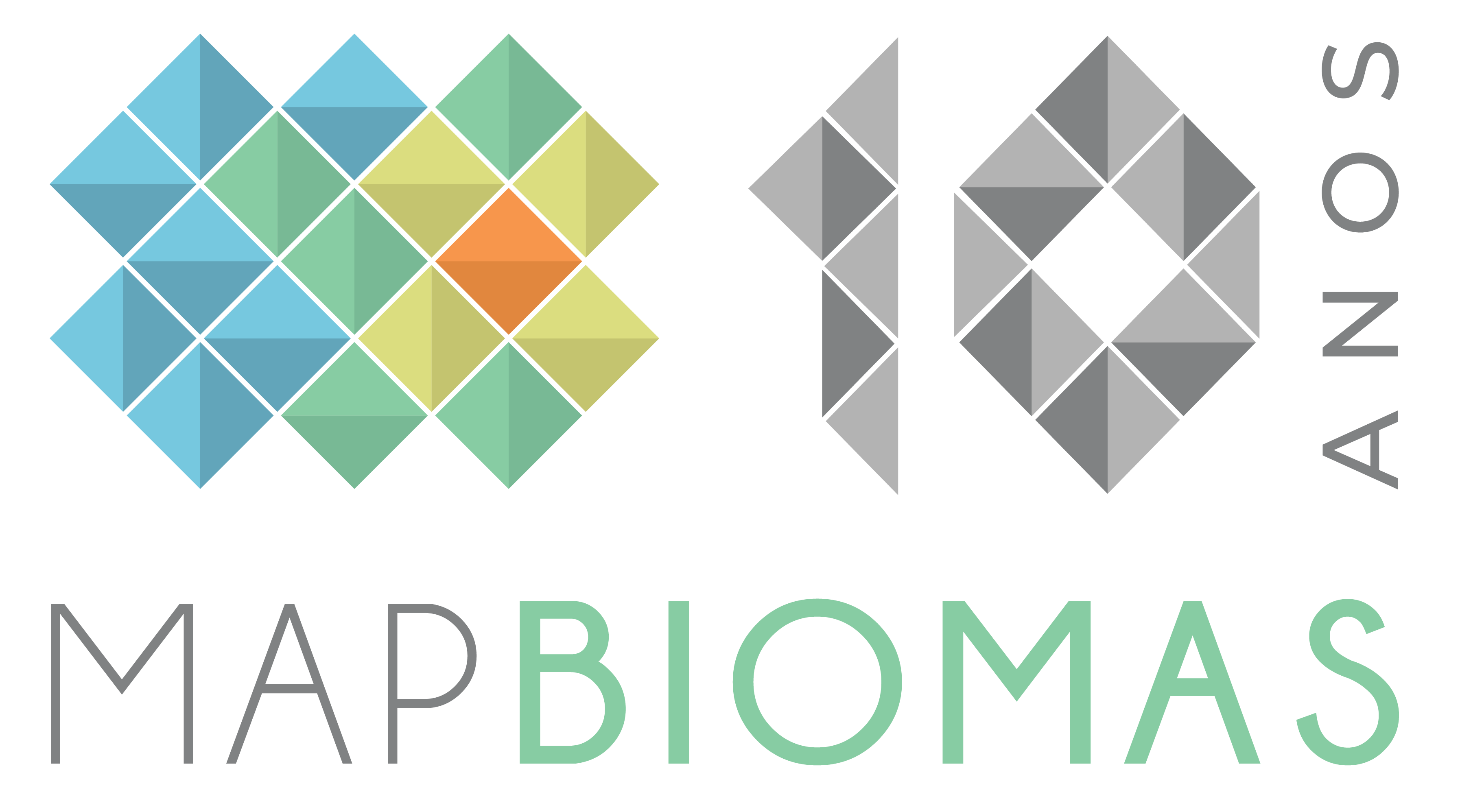Around one million hectares of land used for agricultural production have been affected, according to MapBiomas' latest technical note, which comes with a toolkit to support managers and technicians working in the emergency
June 10th, 2024
Almost two thirds (61%) of the municipalities in Rio Grande do Sul were affected, to a greater or lesser degree, by the extreme weather events in April and May this year. This is shown by images from various satellite systems collected, analyzed and validated by MapBiomas technicians. In all, the area affected by mass movements, such as landslides, as well as torrents, floods and waterlogging in the last two months was estimated at 15,778 km2 - equivalent to 5.6% of the state's 281,748 km2.
Detailed data on extension by municipality, type of land cover and land use are available at MapBiomas website, incluindo a planilha de estatísticas and a toolkit for viewing, consulting and downloading maps developed to support managers, technicians and professionals working in emergencies.
Um total de 298 municípios tiveram pelo menos 1% do territorio afetado pelos eventos extremos dos últimos dois meses. Destes, 73 municípios tiveram mais de 10% do território atingido, sendo 34 com mais de 20%. No caso de Nova Santa Rita e Canoas, mais da metade: 52,5% e 50,1%, respectivamente.
The data shows that areas used for agricultural production in the state were the most affected: more than one million hectares, or 64.2% of the total occupied by these activities in Rio Grande do Sul. Almost 20% of the countryside was also affected.
Dos 497 municípios do Rio Grande do Sul, 234 tiveram sua área urbana atingida. Dois terços deles (67%, ou 158 municípios) tiveram menos de 1% de suas áreas urbanizadas atingidas. Em um caso – Eldorado do Sul – a área afetada superou 66%. Em Mampituba foram 49,5% e em Canoas, 42,4%. Em relação à totalidade do território afetado no estado, 0,8% corresponde a áreas urbanizadas. Mas quando se olha para a totalidade da área urbanizada do Rio Grande do Sul, 5% foram atingidos.
The affected area was mapped by processing and analyzing satellite images taken by optical and radar sensors before and immediately after the severe rainfall events. The map of the affected area was then superimposed on the land cover and use map from the Beta MapBiomas 10 meter collection, from the year 2022, to identify and calculate the extent of the cover and use classes in the affected area. The result is data at various spatial levels (state, river basin, biome and municipality) that provides useful information for assessing and making decisions regarding the affected areas and for defining actions at various time horizons.
MapBiomas technicians warn that these data may have limitations resulting from the method and characteristics of the data sources used, such as satellite images with different spatial resolution, for example. For this reason, the extent reached may be overestimated at some points, especially in some higher rural areas, where temporarily saturated soils were included due to the similar response to a sheet of water. In the case of urban areas, the figures may be underestimated due to the difficulty of detecting the presence of a sheet of water in the midst of buildings. In the case of flooded areas in the south of the state, the figures may be out of date because the highest level occurred after the period when the images used were taken.
MapBiomas technical note destaca também que eventos extremos, como vendavais e precipitações intensas, são mais frequentes no Rio Grande do Sul durante as estações de transição, como primavera e outono. Projeções do Painel Intergovernamental sobre Mudança do Clima-IPCC indicam tendência de aumento na precipitação e na frequência de eventos severos. As normais climatológicas do INMET dos períodos de 1961-1990 e de 1991-2020 confirmam que praticamente todas as regiões do estado já apresentaram mudanças nessa direção, algumas delas com até 300 mm de aumento na precipitação anual entre os dois períodos.
The note also points out that Rio Grande do Sul's climate is also influenced by the El Niño and La Niña phenomena, which cause marked inter-annual variability, especially in rainfall. In years under the influence of La Niña, there tends to be a reduction in rainfall and droughts; in El Niño years, rainfall tends to occur in greater volume and intensity, and it can rain in a single day the equivalent of the monthly average. This was the case during the most recent El Niño, when there were four severe rainfall events in Rio Grande do Sul: June 2023, in the Rio dos Sinos Valley and the North Coast; September 2023, in the Taquari-Antas River Valley; November 2023, in the Taquari-Antas and Caí river valleys, in the Serra Gaúcha and the Metropolitan Region; and April-May 2024, covering practically the entire state.
The rainfall during the last event was extreme in both volume and intensity. Records from ANA, CEMADEN and INMET rain gauges exceeded 500 mm in two weeks in much of Rio Grande do Sul, and totaled more than 1,000 mm in some places. The enormous amount of rainfall in a short period of time caused mass movements and rapid flooding, with a large rise in river levels in the mountainous regions, and prolonged and extensive flooding in the lower regions.

